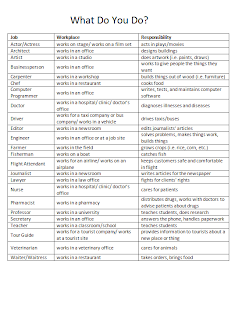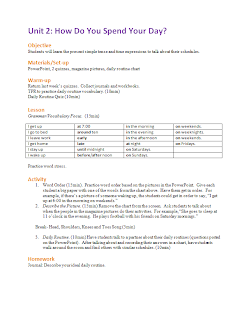 Powerpoints from the lesson:
Powerpoints from the lesson:



Adjectives and Superlatives Worksheet:

This class was a combination of excellence, mediocrity, and chaos-- with the fashion show particularly lending itself to chaos. My explanation of the comparatives and superlatives registered with students, though the powerpoint was difficult to see from the back of the room* and the number of rules was overwhelming. The worksheet seemed thought-provoking, and students put answers on the board so there was nary an idle moment for quick workers and everyone got to look at the answers and listen to their peers receive corrections on pronunciation.
The fashion show was stuck at the end of class, when we hardly had time. As a result, outfit production was quick and students wanted it to bleed over into the more academic part of the activity. Not only was it difficult to get students to quiet down and shift gears, I didn't have time to review the clothing adjectives in each of the classes. The speeches were also so mistake-ridden that it was impossible to correct everything and difficult even to triage and identify the most grievous errors. This said, excellence can be derived from chaos, as the activity sent students through the roof with joy. Joy is an important morale-booster in these early months, as students patiently sit through lessons they don't fully understand due to the language barrier and truly work hard. Overall, it was worth it.
And lastly, a self-evaluation...

*I send all powerpoints and worksheets to a class email address, so students can review after the lesson.
**The adjectives and superlatives worksheet was taken from Life Lines Pre-Intermediate Workbook by Tom Hutchinson and Oxford University Press. The Newspaper Fashion Show was inspired by Stephen C., Fulbright ETA 2010-2011.


























